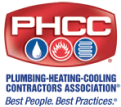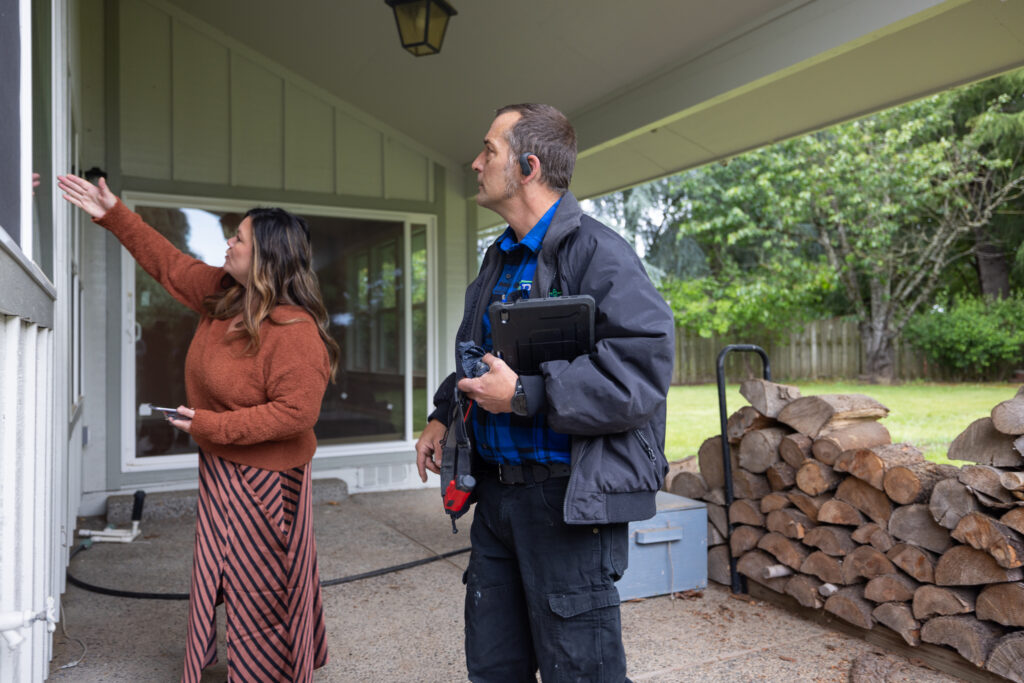Indoor air quality is a significant factor that influences our health and well-being. Many people spend a large portion of their time indoors, whether at home or work. This makes the air inside our buildings a critical aspect of our overall health. Poor indoor air quality can be caused by a variety of pollutants, including dust, mold, and chemicals from household products. These pollutants can accumulate over time and contribute to several health issues if not properly managed.
Understanding the importance of indoor air quality is the first step in preventing these health problems. When the air inside our homes is clean, it reduces the chances of respiratory infections, allergies, and other health complications. Good air quality also contributes to a more comfortable living environment, helping us to breathe easier and feel more relaxed.
Understanding Indoor Air Quality
Importance of Indoor Air Quality
Indoor Air Quality (IAQ) is a crucial aspect of creating a healthy living environment. Cleaner air inside our homes contributes significantly to our well-being and comfort. When the air quality is good, it reduces the risk of health problems like respiratory issues, headaches, and fatigue. Good IAQ also ensures that we breathe easier and sleep better, enhancing our overall quality of life. It’s essential to understand what affects air quality to maintain a safe and healthy home environment.
Common Pollutants and Their Sources
Various pollutants can compromise indoor air quality, and they come from multiple sources. Dust, pollen, and pet dander are common allergens that can affect IAQ, especially for individuals with allergies. Mold spores can form in damp areas and spread through the air, leading to breathing problems and allergic reactions. Chemical pollutants, such as volatile organic compounds (VOCs), come from household products like paint, cleaning agents, and air fresheners. These VOCs can cause headaches, dizziness, and other health issues.
Understanding the sources of these pollutants is essential for maintaining good air quality. Regular cleaning, using air purifiers, and proper ventilation can help minimize the presence of these harmful substances. By being aware of common pollutants and their sources, we can take proactive steps to ensure the air in our homes remains clean and healthy.
Health Risks of Poor Indoor Air Quality
Short-term Health Effects
Poor indoor air quality can lead to several immediate health effects. Exposure to pollutants like dust, mold, and chemicals can cause symptoms such as headaches, dizziness, and fatigue. People with asthma or allergies may experience worsened symptoms, including coughing, sneezing, and shortness of breath. Eye, nose, and throat irritation are also common short-term effects of poor air quality. These symptoms can disrupt daily activities and decrease overall comfort.
Long-term Health Complications
The long-term health effects of poor indoor air quality can be more severe and lasting. Prolonged exposure to pollutants can increase the risk of developing chronic respiratory conditions, such as asthma and bronchitis. Additionally, long-term exposure to VOCs and other chemical pollutants has been linked to more serious health issues, such as cardiovascular diseases and even certain types of cancer. Ensuring good indoor air quality is essential for preventing these severe health conditions.
By addressing the sources of indoor pollutants and regularly testing the air quality, we can mitigate these risks. Understanding the potential health impacts of poor air quality emphasizes the importance of maintaining a clean and safe indoor environment. Preventive measures, such as using air purifiers, ensuring proper ventilation, and regular cleaning, can help maintain healthy indoor air and prevent these health complications.
Methods of Indoor Air Quality Testing
Overview of Testing Methods
Testing indoor air quality involves various methods to detect and measure pollutants. These methods help identify the specific contaminants present in the air, allowing us to take corrective actions. Common testing methods include air sampling, which collects air samples over a period to be analyzed for pollutants like mold, dust, and VOCs. Surface sampling is another technique, where surfaces in the home are swabbed to detect the presence of mold and other contaminants.
Another effective method is the use of continuous monitoring devices, which provide real-time data on indoor air quality. These devices can measure the concentration of various pollutants, such as carbon dioxide, carbon monoxide, and particulate matter. By using these methods, we can get a comprehensive understanding of the air quality in our homes and identify the necessary steps to improve it.
Tools and Devices Used for Testing
Several tools and devices are used for indoor air quality testing. Air sampling pumps and canisters are commonly employed to collect air samples for lab analysis. These tools help detect a wide range of pollutants, including chemicals and biological contaminants. Surface sampling kits are used to collect samples from various surfaces to test for mold and other allergens. These kits often include swabs and culture plates to grow and identify the contaminants.
Continuous monitoring devices are also widely used for indoor air quality testing. These devices can measure pollutants in real-time and provide immediate feedback. Air quality monitors, for example, can detect particulate matter, VOCs, and humidity levels. These monitors often come with digital displays or connect to mobile apps, making it easy to monitor air quality continuously. By using these tools and devices, we can effectively test and improve indoor air quality, ensuring a healthier living environment.
Benefits of Regular Air Quality Testing
Preventing Health Issues
Regular air quality testing plays a crucial role in preventing health issues. By routinely testing the air in our homes, we can identify and address pollutants before they cause significant health problems. Early detection of contaminants like mold, dust, and VOCs allows us to take corrective actions, such as improving ventilation, using air purifiers, or removing sources of pollution. This proactive approach helps in minimizing the risk of respiratory issues, allergies, and other health complications. Regular testing ensures that the air we breathe is clean and safe, keeping our families healthy.
Enhancing Overall Well-Being
Beyond preventing health issues, maintaining good indoor air quality also enhances our overall well-being. Clean air contributes to better sleep, fewer headaches, and improved concentration. It creates a more comfortable living environment, where we can relax and enjoy our homes without worrying about air pollutants. Regular air quality testing helps maintain this comfort by ensuring that the air remains free of harmful contaminants.
Improving indoor air quality can also boost our energy levels and mood, leading to a higher quality of life. By regularly testing and monitoring air quality, we can make any necessary adjustments to keep our homes healthy and pleasant. This investment in our indoor environment pays off in the form of better health and enhanced well-being for everyone in the household.
Conclusion
Maintaining good indoor air quality is essential for the health and well-being of everyone in our homes. By understanding the importance of air quality, recognizing common pollutants, and being aware of the health risks associated with poor air quality, we can take proactive steps to ensure a safer environment. Regular air quality testing is a vital practice that helps us detect and address these pollutants before they pose significant health risks.
Whether it’s through professional testing or using monitoring devices, making air quality a priority in our homes can lead to significant improvements in our health and comfort. Clean air contributes to better respiratory health, fewer allergies, and overall enhanced well-being. Our professionals at D&F Plumbing, Heating and Cooling are dedicated to helping you maintain a healthy indoor environment. Contact us today to learn more about our air quality testing services and other HVAC services in Portland, OR.

















